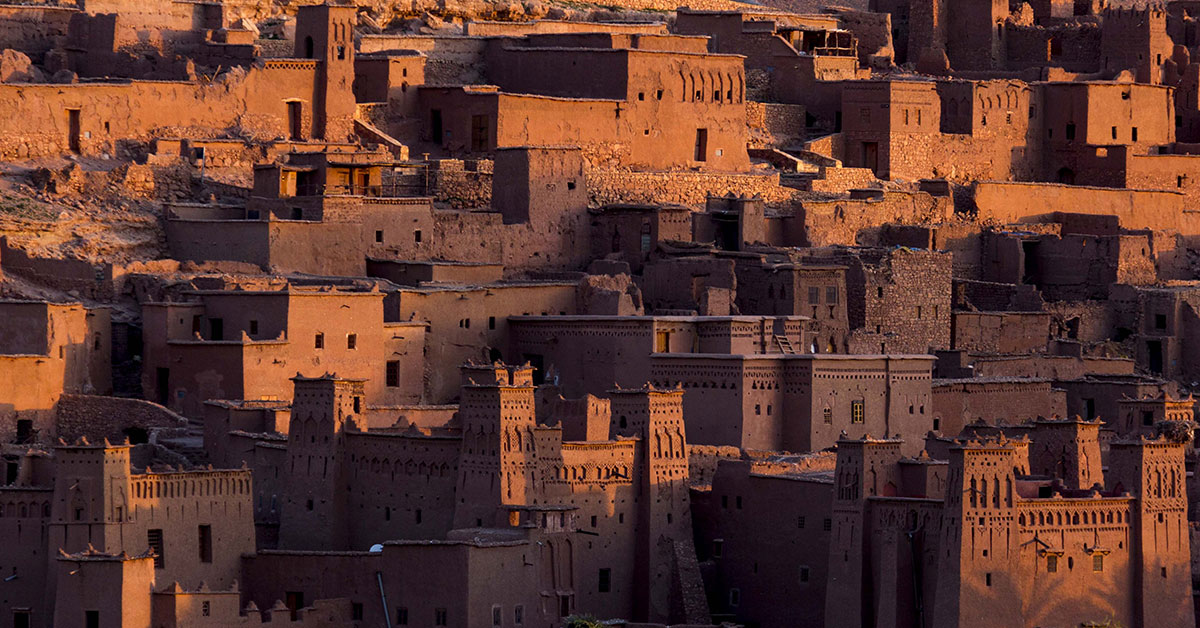Morocco’s UNESCO World Heritage Sites
Morocco, a land of enchanting landscapes and rich cultural heritage, is home to an impressive array of UNESCO World Heritage Sites. These sites, scattered throughout the country, serve as pillars of history, offering a glimpse into Morocco’s diverse past. From ancient Roman ruins to vibrant medieval medinas, each site tells a unique story of civilization and architectural marvels. Join us on a journey through Morocco’s UNESCO treasures, exploring the ancient mysteries and cultural wonders that define this North African gem.
The Significance of UNESCO World Heritage Sites
Before delving into Morocco’s UNESCO sites, it’s essential to understand the significance of the UNESCO World Heritage designation. These sites are selected based on their cultural, historical, or scientific significance and are legally protected by international treaties. They represent the collective heritage of humanity and serve as a testament to the cultural diversity and achievements of civilizations worldwide. To be listed, a country must nominate its sites to the International Council on Monuments and Sites and the World Conservation Union, which make the final decision. With nearly 1,200 sites worldwide, UNESCO World Heritage designation is a mark of distinction and preservation for these invaluable cultural treasures.
Morocco’s UNESCO World Heritage Sites
1. Archaeological Site of Volubilis (1997):

Located at the foothills of Mount Zerhoun, Volubilis is an ancient Roman city that once served as a regional capital. Originally a Berber settlement, Volubilis evolved into a thriving center of Roman culture, boasting impressive ruins that reflect its rich history.
2. Historic City of Meknes (1996):

Meknes, known as the “Versailles of Morocco,” is a fortified city renowned for its architectural splendor. Founded in the 11th century, Meknes features towering ramparts, ornate gates, and majestic palaces that embody the grandeur of Moroccan dynasties.
3. Ksar of Ait Ben Haddou (1987):
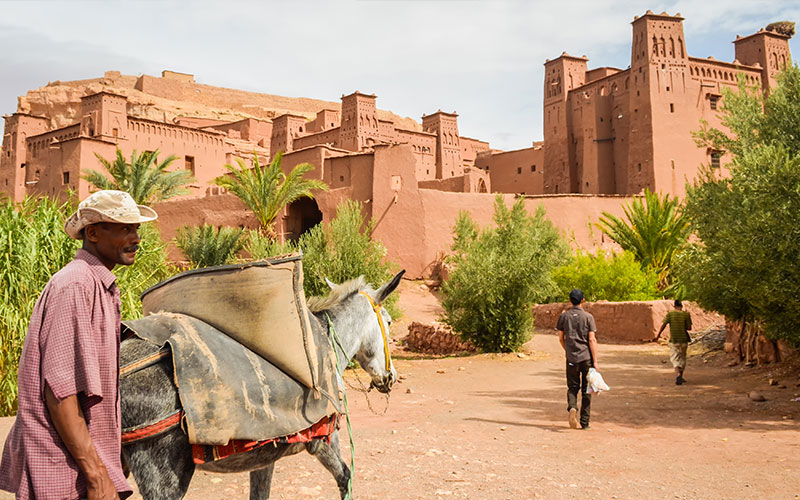
Ait Ben Haddou is a fortified village situated along the ancient caravan route between Marrakesh and the Sahara. Its distinctive pisé buildings and defensive walls showcase traditional Moroccan architecture, earning it UNESCO recognition as a cultural treasure.
4. Medina of Fez (1981):

Fez, the oldest of Morocco’s imperial cities, boasts a labyrinthine medina that transports visitors back in time. With its ancient mosques, bustling souks, and artisanal workshops, Fez is a living testament to Morocco’s medieval heritage.
5. Medina of Essaouira (formerly Mogador) (2001):
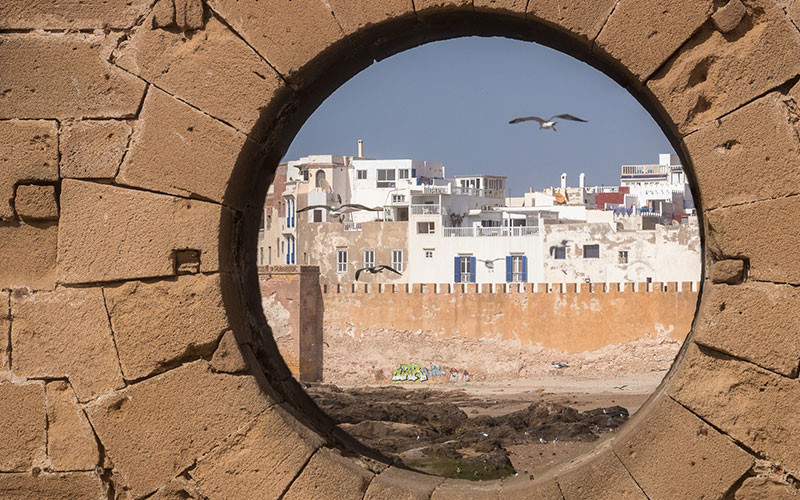
Essaouira’s 18th-century medina reflects European influences in its fortifications and urban design. Once a bustling port town, Essaouira’s well-preserved ramparts and vibrant streets offer a glimpse into Morocco’s maritime history.
6. Portuguese City of Mazagan (El Jadida) (2004):
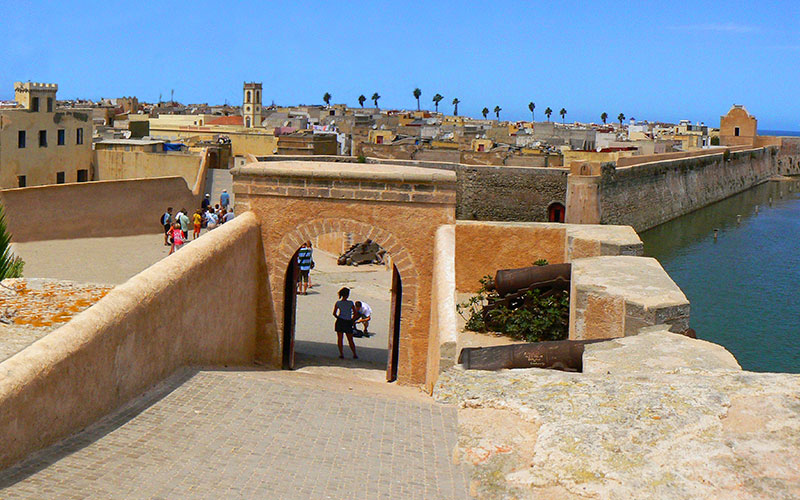
Mazagan, a fortified city built by Portuguese traders, showcases early Renaissance and Gothic architecture. Its well-preserved ramparts and historic landmarks highlight Morocco’s cultural exchanges with Europe.
7. Medina of Marrakesh (1985):
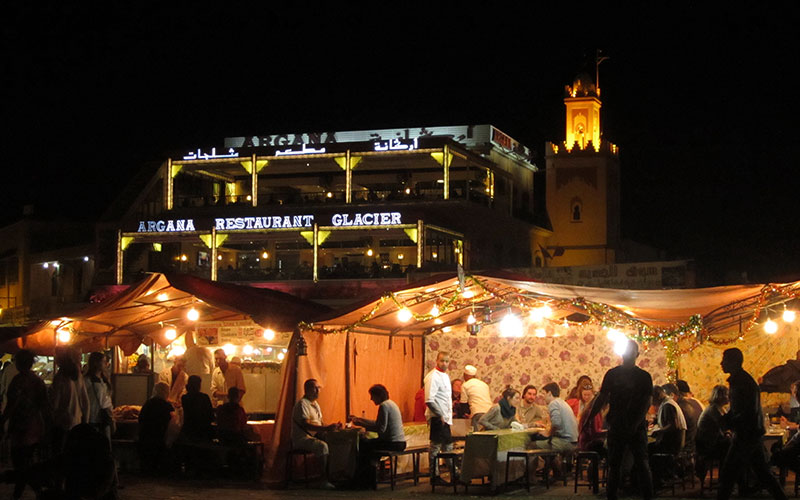
Marrakesh, known as the “Red City,” is a vibrant hub of Islamic architecture and bustling souks. From the iconic Koutoubia Mosque to the majestic Bahia Palace, Marrakesh’s medina is a treasure trove of historical wonders.
8. Medina of Tetouan (1997):
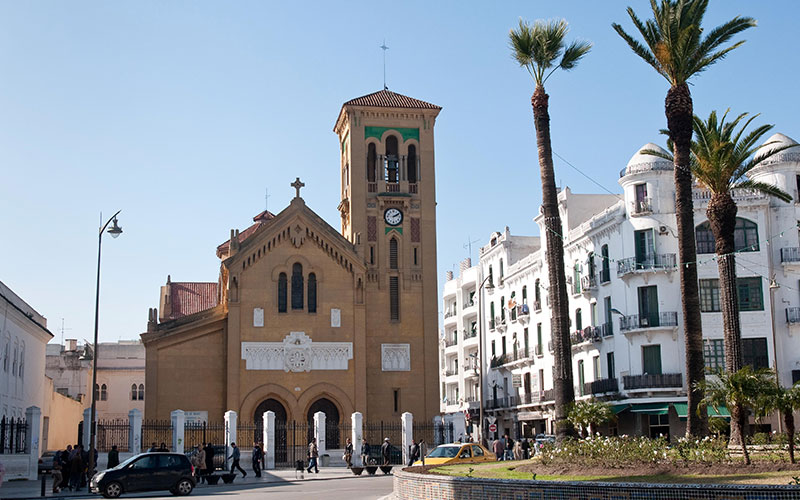
Tetouan’s medina, nestled in the Rif Mountains, reflects a unique blend of Moroccan and Andalusian influences. With its well-preserved walls and traditional architecture, Tetouan is a hidden gem waiting to be discovered.
9. Rabat, Modern Capital and Historic City (2012):
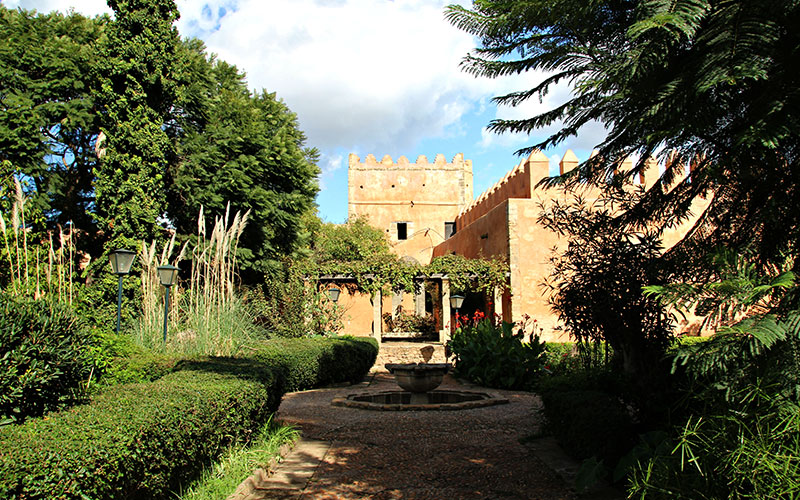
Rabat, Morocco’s modern capital, juxtaposes ancient landmarks with contemporary urban planning. From its medieval fortifications to its ambitious modern projects, Rabat is a testament to Morocco’s cultural evolution.
Future Potential UNESCO World Heritage Sites
In addition to its current UNESCO sites, Morocco boasts several potential candidates for future designation. From ancient Roman ruins to prehistoric caves and natural wonders, these sites offer a glimpse into Morocco’s rich natural and cultural heritage.
1. Moulay Idriss Zerhoun:
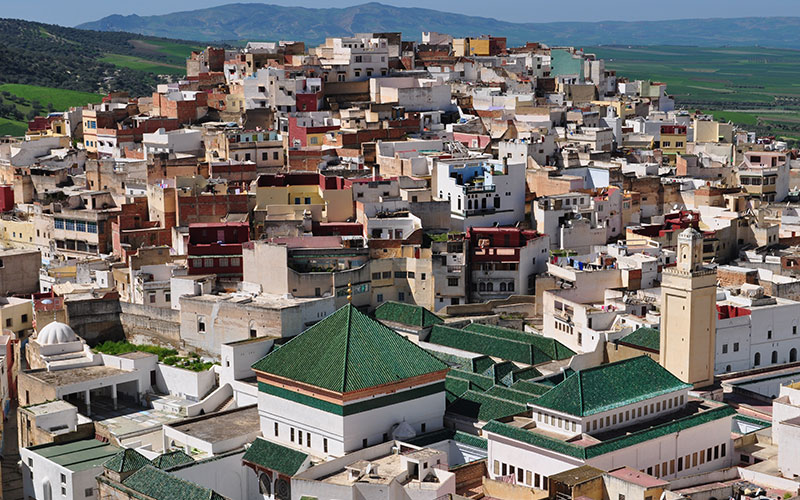
Located near Meknes, Moulay Idriss holds sacred significance as the burial place of Moulay Idriss I, the founder of Islam in Morocco. Its green-tiled mausoleum and historic medina make it a potential UNESCO treasure.
2. Taza and the Great Mosque:
The city of Taza, nestled between the Rif and Middle Atlas mountains, boasts one of the oldest examples of Almohad architecture in Morocco. Its Great Mosque and ornate chandelier highlight its cultural and architectural significance.
3. Tin Mal Mosque:

Perched in the High Atlas Mountains, the Tin Mal Mosque showcases exquisite Almohad architecture. Its influence on the design of Marrakesh’s Koutoubia Mosque makes it a potential UNESCO gem.
4. City of Lixus:
Lixus, an ancient Roman site near Larache, offers a glimpse into Morocco’s Roman past. With its ruins, mosaic flooring, and ancient temples, Lixus is a treasure trove of archaeological wonders.
5. El Gour (Souk el Jemaa el Gour):
Located southeast of Meknes, El Gour is an ancient burial site dating back to the BCE era. Its distinctive Banzina mounds and limited research make it a potential candidate for UNESCO recognition.
Conclusion:
Morocco’s UNESCO World Heritage Sites offer a captivating journey through time, showcasing the nation’s rich cultural heritage and architectural marvels. From ancient Roman ruins to vibrant medieval medinas, each site tells a unique story of civilization and cultural exchange. With potential future additions on the horizon, Morocco continues to preserve and celebrate its diverse heritage for generations to come. Whether exploring historic cities or trekking through natural wonders, Morocco offers travelers an unforgettable journey through history and culture.
